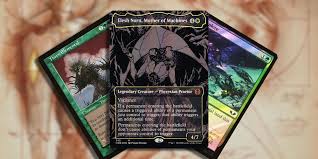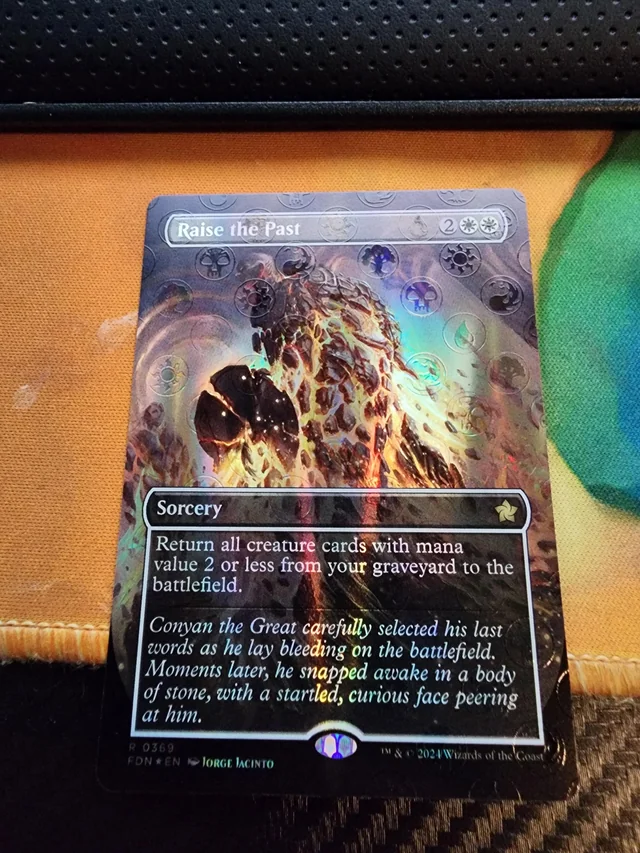How Foil Magic Cards Became Collector Icons

Magic: The Gathering’s long history is packed with milestones, but few things have had the same shimmering impact as foil cards. These glossy versions of regular cards are now synonymous with rarity and visual flair. For some, they’re eye candy. For others, they’re prized investments. But where did they start, and what keeps them so desirable even today?
A Spark of Shine: Urza’s Legacy in 1999
It all began with Urza’s Legacy. Released in early ’99, this was the first MTG set to feature foil cards. Back then, it was a novelty—one card per booster, replacing a common, with a reflective surface unlike anything seen before in the game.The standout? Lightning Dragon. Pulled as a rare, and the very first MTG foil ever printed. That card’s become a time capsule, taking long-time players back to a moment of true surprise and innovation.
How Foils Changed Over the Years

The foiling process wasn’t static. Over time, Wizards of the Coast kept tweaking and reinventing the approach:
1999 to mid-2010s: Uniform gloss, same for all cards, whether common or mythic.
Masterpieces (2015–2017): Sets like Battle for Zendikar and Amonkhet introduced ultra-premium foils—borderless, ornate, and extremely limited.
Extended Art Era: Around War of the Spark, full-art and borderless foils became more common, especially for planeswalkers and chase rares.
Etched Foils (Post-2020): Less shiny, more textured. You’ll see these in Commander Legends and Modern Horizons 2.
Serialized Cards (2022 onward): Numbered cards. Real scarcity. Cards like Mox Amber from The Brothers’ War retro frame are each one-of-a-kind, literally.
Why Players and Collectors Love Them
Rarity & Difficulty of Acquisition
Pulling a foil isn’t what it used to be. In older sets, they were a legitimate surprise. Foils from 7th Edition, for instance, are near-mythical. Small print runs, and few survived in good shape.
They Just Look Cool
Cards with foil treatment light up differently depending on angle and lighting. Some look almost holographic. And when it comes to foiled alternate arts—like those in Secret Lair drops or as Judge promos—they often become art pieces as much as cards.
Prestige on the Battlefield
A full foil deck isn’t just about looks—it signals investment, passion, and, let’s be honest, bragging rights. Special sets like Kaladesh Inventions upped the ante by turning powerful staples into coveted luxury items.
Financial Edge
Not all foils appreciate, but the right ones? They can go for serious money. Think Reserved List foils, original printings, or gem-mint grades. Many sit in sealed vaults, graded and slabbed. Their prices have, in some cases, doubled or tripled in a few short years.
It’s Not All Glitter
But foils aren’t without issues. One word: curling. A humid day and your prized card starts turning into a Pringle. Some sets (Commander Legends, anyone?) were notorious for this.There’s also concern about saturation. Foil slots are more common now, and between Collector Boosters, promo packs, and specialty products, scarcity just isn’t what it used to be.
Oh—and fake foils exist. High-end proxies have become a real problem, especially as prices rise. Careful examination or third-party grading is often necessary. If you’re looking for safe and stylish options, you might want to check https://mtgetsy.com, which focuses on custom and collectible MTG cards.
Why the Shine Still Matters
Even with the flaws, foils continue to command attention. They elevate decks, decorate shelves, and serve as historical bookmarks in MTG’s journey. From that first Lightning Dragon to serialized masterpieces, foil cards are more than shiny paper—they’re pieces of the game’s soul.Got a favorite foil? Maybe a warped but beloved promo? The MTG community loves to share these stories. Tell yours.



